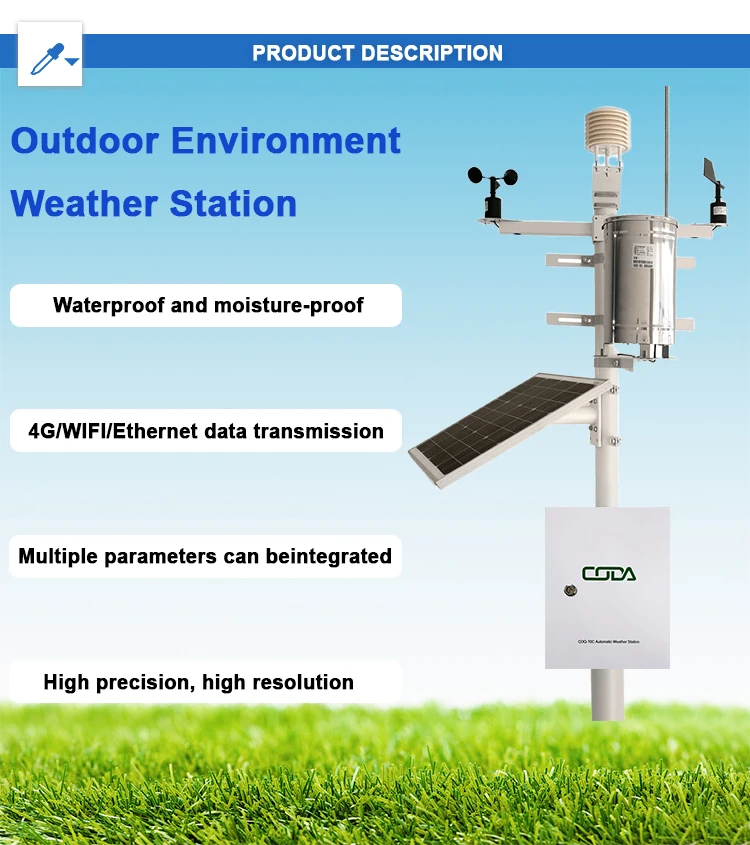Automatic Weather Station: Definition and Functionality

# Automatic Weather Station: Definition and Functionality
## What is an Automatic Weather Station?
An Automatic Weather Station (AWS) is a sophisticated system designed to collect meteorological data without requiring constant human intervention. These stations are equipped with various sensors that measure atmospheric conditions such as temperature, humidity, wind speed and direction, rainfall, solar radiation, and barometric pressure.
Unlike traditional weather stations that rely on manual observations, AWS units automatically record and transmit data at predetermined intervals. This automation makes them particularly valuable for remote locations or areas where continuous monitoring is essential but human presence is impractical.
## Key Components of an Automatic Weather Station
1. Sensors
The heart of any AWS is its array of specialized sensors. These typically include:
- Thermometers for temperature measurement
- Hygrometers for humidity detection
- Anemometers for wind speed
- Wind vanes for direction
- Rain gauges for precipitation
- Barometers for atmospheric pressure
- Pyranometers for solar radiation
2. Data Logger
This component collects and stores measurements from all sensors at regular intervals. Modern data loggers can store weeks or months of data before requiring maintenance.
3. Power Supply
Most AWS units use solar panels with battery backup to ensure continuous operation, making them suitable for remote installations.
4. Communication System
Data transmission methods vary but may include cellular networks, satellite links, or radio transmission to central collection points.
## Functionality and Applications
How Automatic Weather Stations Work
The operational cycle of an AWS typically follows this pattern:
- Sensors continuously monitor environmental conditions
- Measurements are recorded by the data logger at set intervals (often hourly or more frequently)
- Data is processed and quality-checked
- Information is transmitted to a central database or directly to end users
Primary Applications
Automatic Weather Stations serve numerous critical functions:
- Meteorological forecasting: Providing real-time data for weather prediction models
- Agriculture: Helping farmers make irrigation and planting decisions
- Aviation: Supplying airport weather information
- Climate research: Contributing to long-term climate change studies
- Disaster preparedness: Monitoring conditions for flood, drought, or storm warnings
## Advantages of Automatic Weather Stations
The implementation of AWS technology offers several significant benefits over traditional weather observation methods:
- Continuous monitoring: 24/7 data collection without human intervention
- Remote accessibility: Data can be collected from inaccessible locations
- Data accuracy: Reduced human error in measurements
- Cost efficiency: Lower operational costs compared to manned stations
- Real-time data: Immediate availability of weather information
As technology advances, Automatic Weather Stations are becoming more sophisticated, with improved sensors, better energy efficiency, and enhanced data transmission capabilities. These developments continue to expand their applications and reliability in weather monitoring and climate research worldwide.
Keyword: what is automatic weather station
